The rituals and functions which is practiced are: -
A wedding is the binding of two hearts… preparation for a life to be spent together. An Indian wedding not just binds the bride and the groom, but two families, in a union which lasts forever! All over India, irrespective of region, caste or language, a wedding is a reason to rejoice, and it is a boisterous occasion filled with pomp and splendor, rituals and traditions, and of course, a huge number of people!
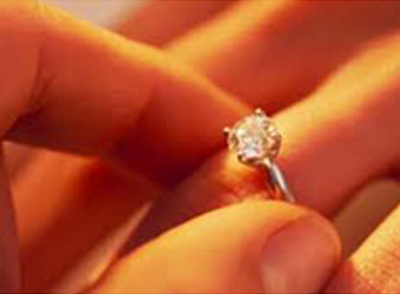
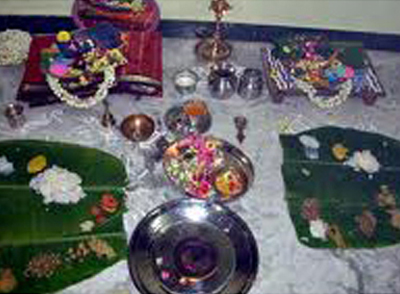
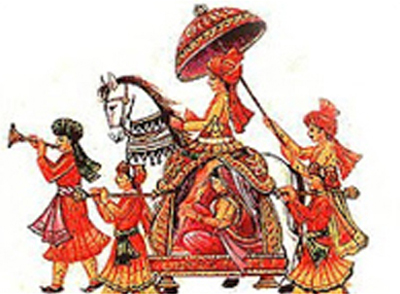
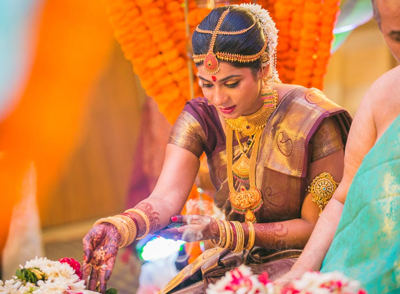
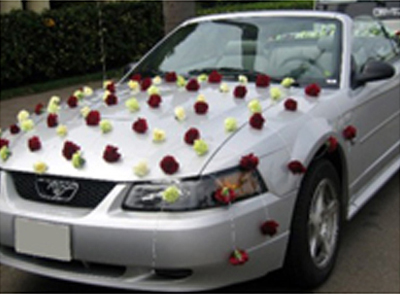
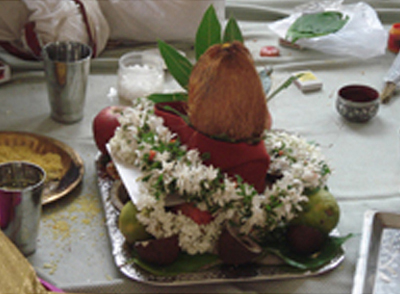
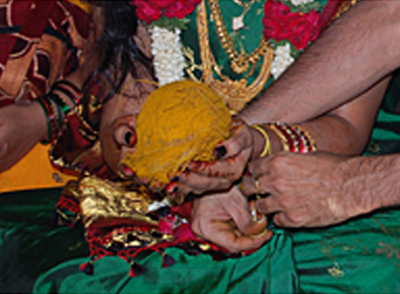
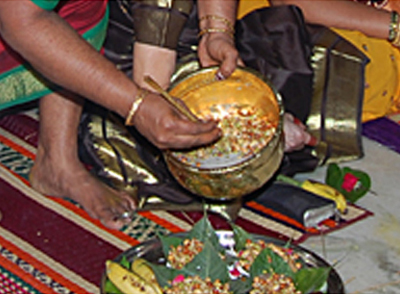
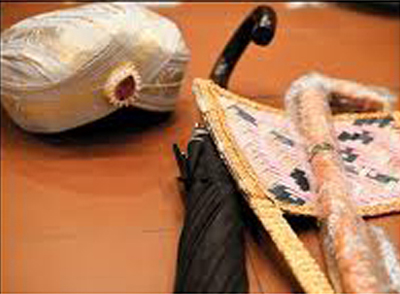

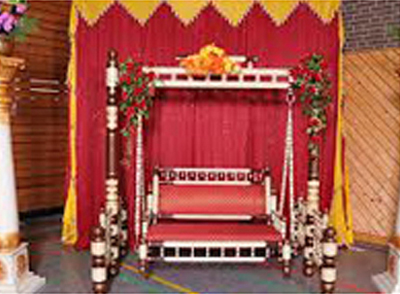
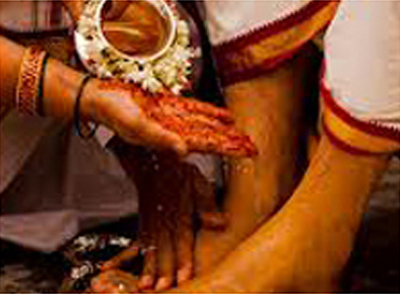
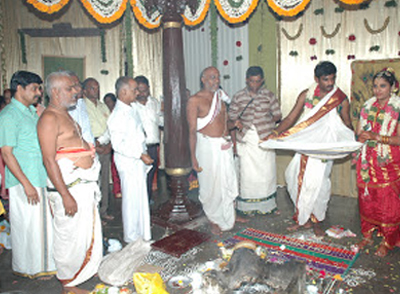
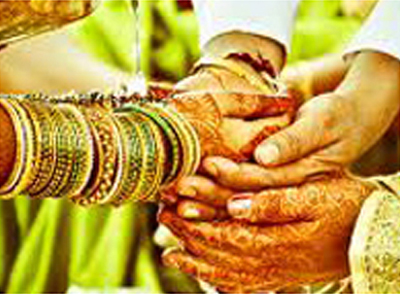
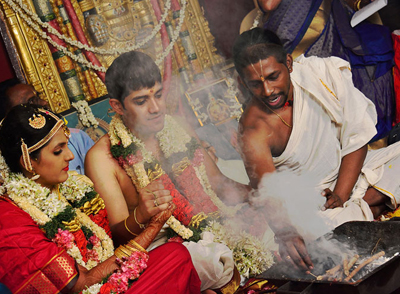
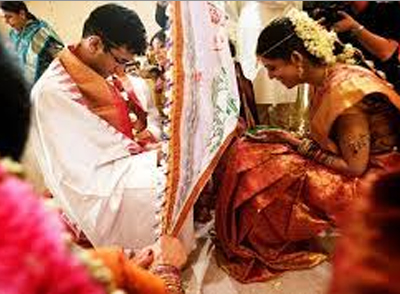
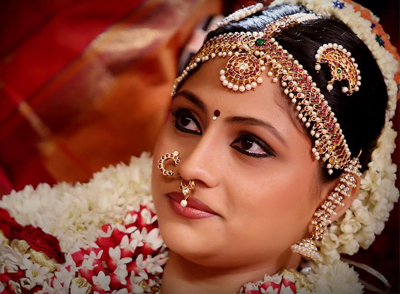
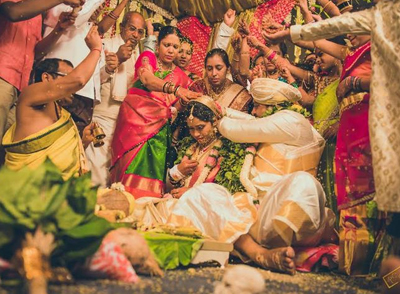
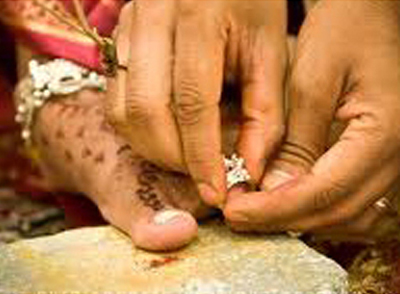
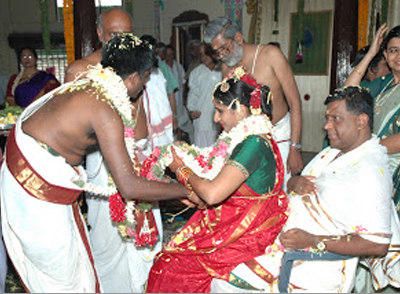
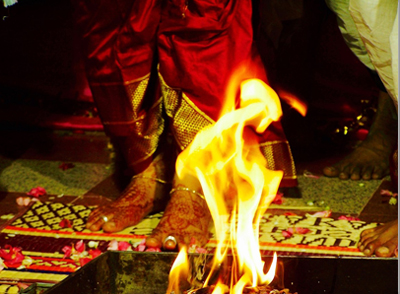
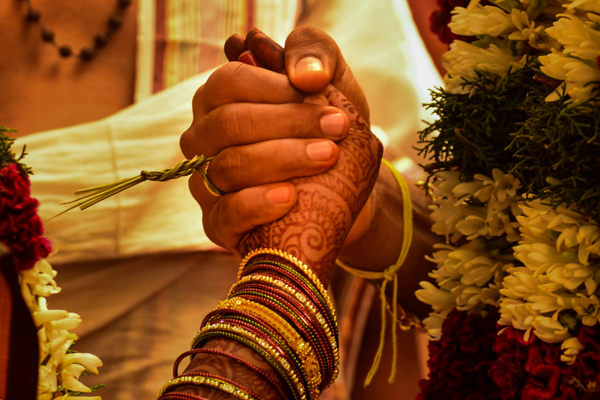
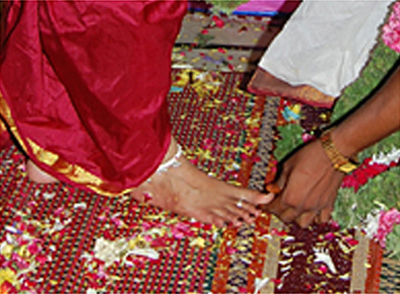
Literally this means the "seven steps". Courts in India have ruled that this is the most important ritual of a Hindu Marriage. They consider that unless this ritual is completed the marriage itself is not over. According to Vedas, once this is over the bride and groom become wife and husband. This ritual consists of the groom taking the right foot of the bride in his left hand and making her take seven steps either in the direction of east.
The following prayers are recited:
FIRST STEP: Let God MahaVishnu who is spread through out the world, Give you food in plenty.
SECOND STEP: Let Him come with you for a second step and give you sufficient strength.
THIRD STEP: Let Him come with you for a third step to make you observe all religious rituals.
FOURTH STEP: Let Him come along with you for the fourth step to give you pleasures.
FIFTH STEP: Let Him be with you when you take the fifth step to give you lot of wealth (cow).
SIXTH STEP: Let Him lead you the six stages of life with happiness and welfare
SEVENTH STEP: Let him help you in performing Soma Yaga and other prayers when you take the seventh step.
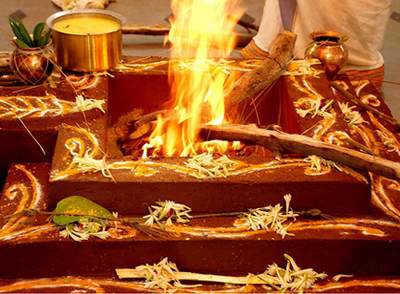

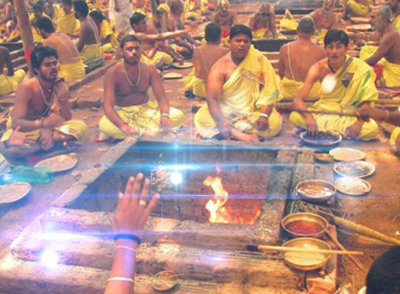
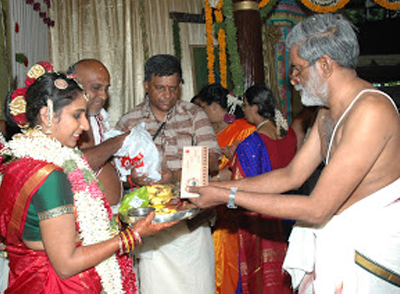
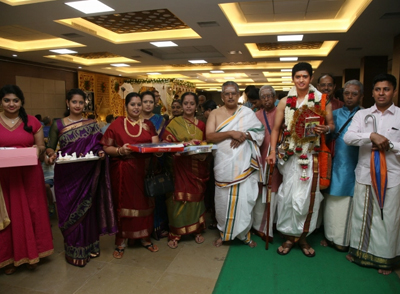

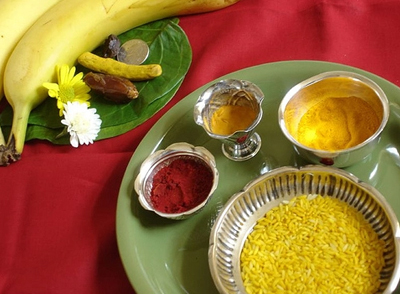
This is another ritual of teasing the husband and wife and makes them to get much nearer. The wife along with her friends goes to the husband and invites him for Nalangu.She has to sing a Pathiyam for inviting him (The word must have derived from Padyam which means poem) He agrees and come with all his relatives mainly female and the reply from him is again given in the form of a pathiyam sung by one of his female relatives on his behalf. The groom and his relatives sit on one side and the wife and her relatives sit on the opposite side. The wife stands and then applies Nalangu (a mixture of Oil and Kumkum) on the feet of her husband.
She then puts a sandalwood and Kumkum on his forehead. Then she combs him and breaks a chutta appalam (disc like eatable) and puts it over his head. Then she holds a mirror for him to see himself. After this all these rites are performed by the husband to the wife but he would be sitting down. Once this is over the husband takes a coconut and gently rolls it towards his wife. She catches it and rolls it towards him in return. While all these are going on the relatives gathered round sing melodious songs. At the end of the Nalangu, the husband is asked to hold the coconut with one hand and the wife is asked to pry it out using both her hands. Once she succeeds or accepts defeat, the wife holds the coconut with both hands and the husband is asked to pry it using one hand. The relatives tease them a lot.